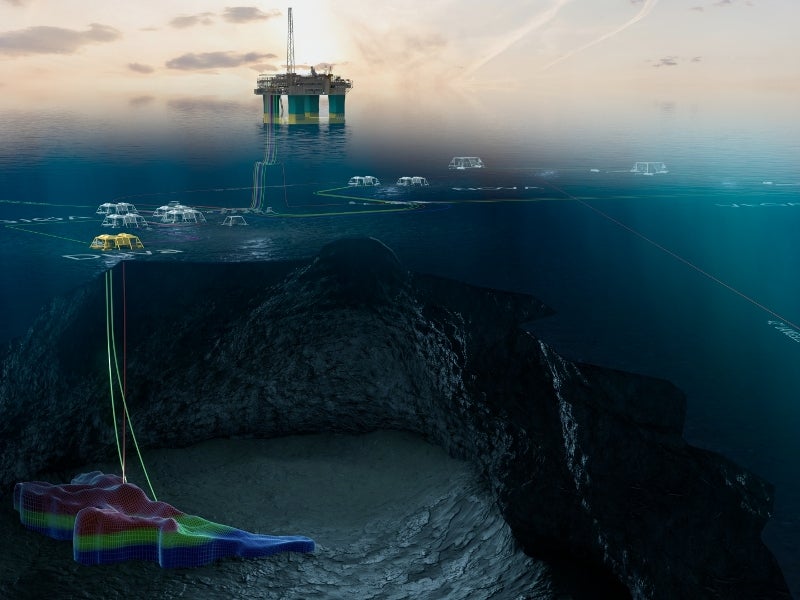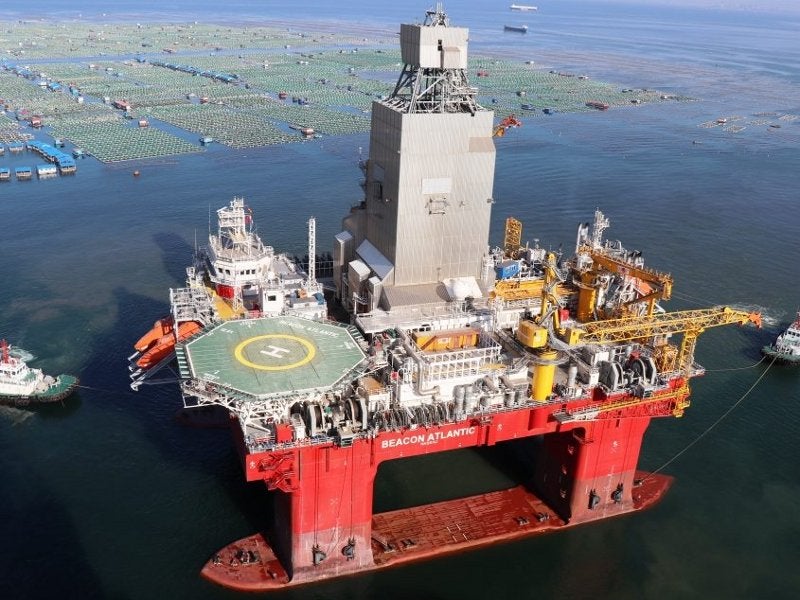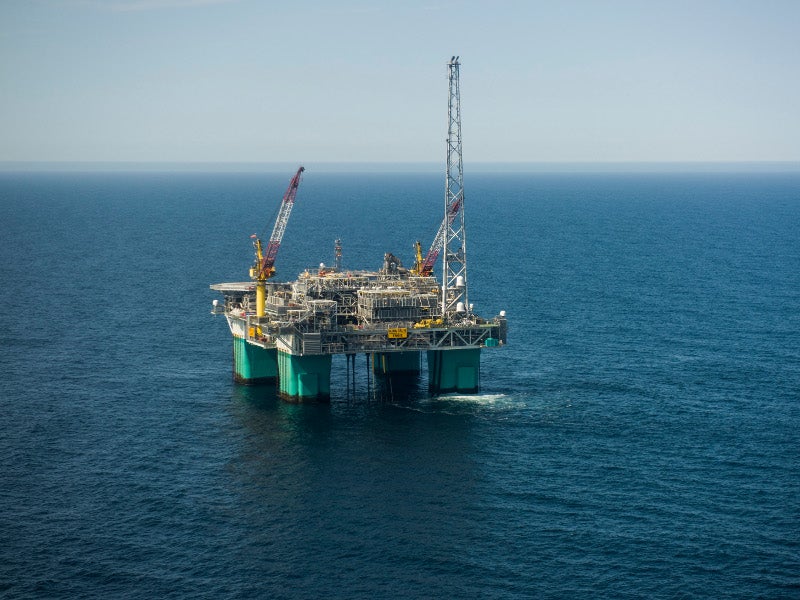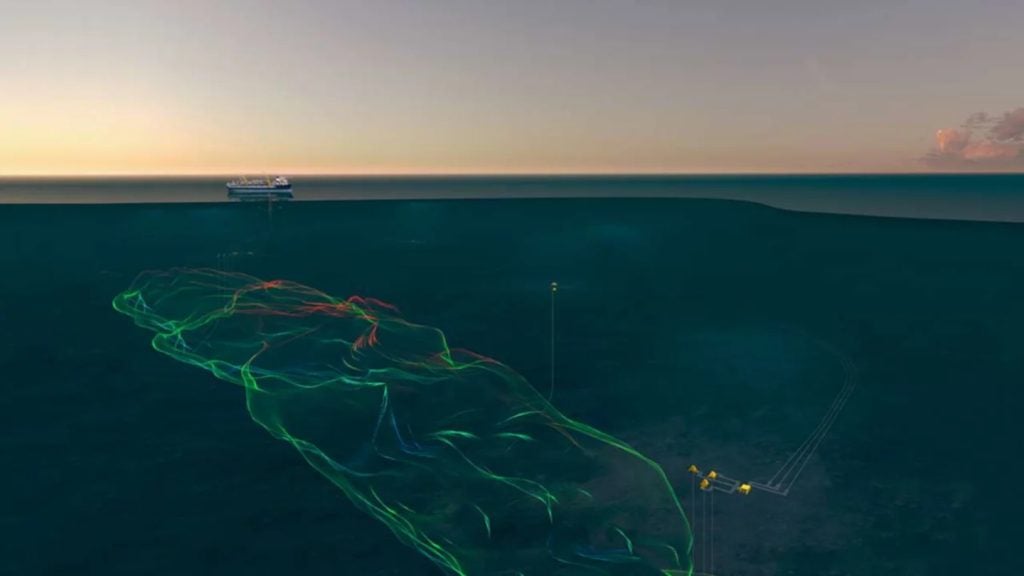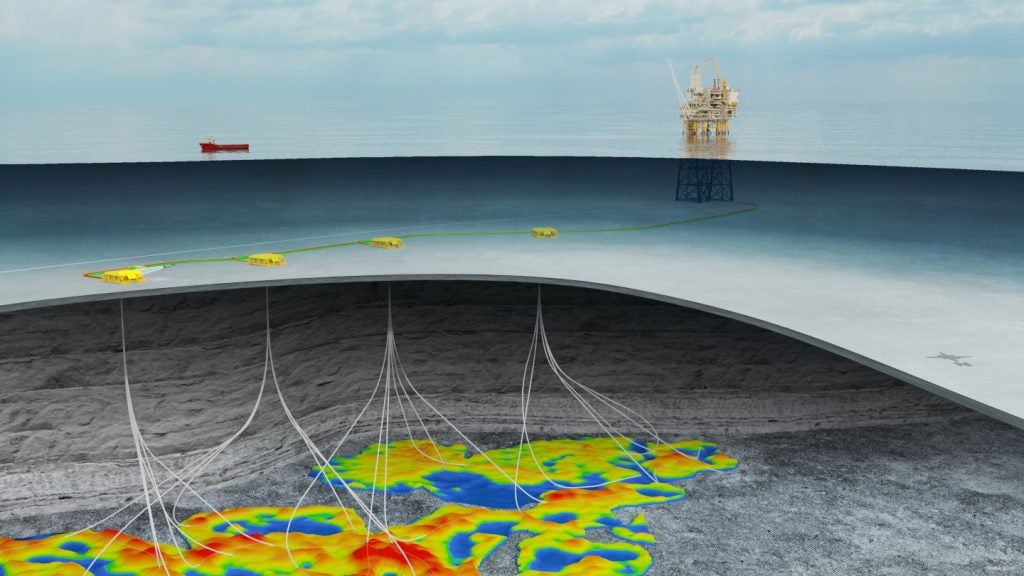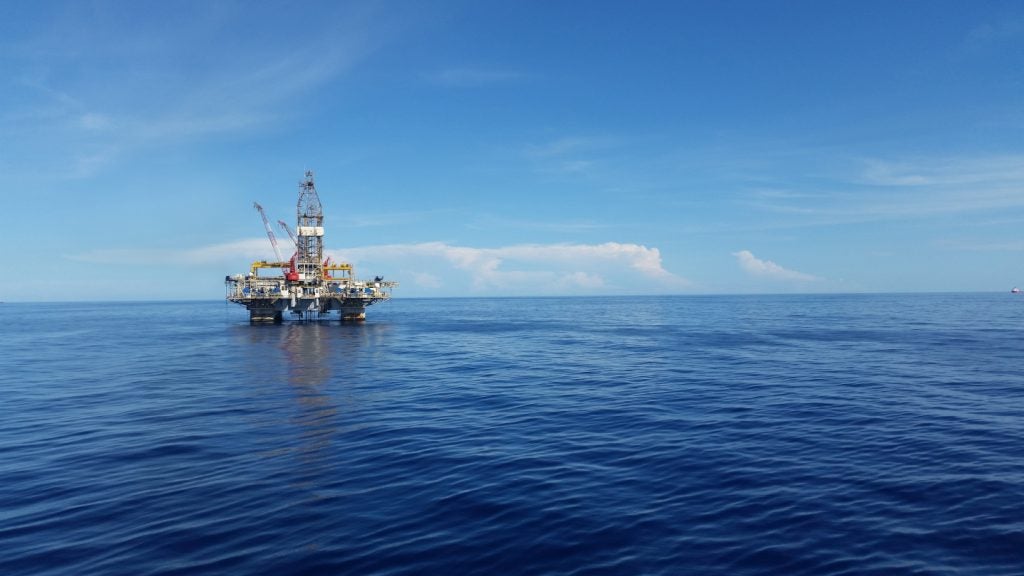Duva oil and gas field (formerly Cara) is located in the Norwegian sector of the North Sea at a water depth of 360m.
The field is jointly owned by Idemitsu Petroleum Norge (30%), Neptune Energy Norge (30%, operator), Pandion Energy (20%) and Wellesley Petroleum (20%).
The plan for development and operation (PDO) of the Duva field along with the Gjøa P1 field was submitted in February 2019. The total investment for both developments is estimated at NOK10bn ($1.23bn), while Duva alone is expected to be NOK5.5bn ($650m).
First production from the Duva oil and gas field is expected between late-2020 and early-2021. The field is expected to remain productive for 13 years, reaching a maximum production capacity of 30,000 barrels of oil equivalent per day.
Duva oil and gas field location
Duva oil and gas field is located in the production license (PL) 636 of block 36/7 in the Norwegian sector of the North Sea. It is situated 6km north-east from the Gjøa field and approximately 12km from the Gjøa platform.
The field spans across 281km² and is situated 35km from the nearest shore in Hordaland and 60km north of the Troll field.
Duva field discovery details
The exploration licence for PL636 was awarded to GDF Suez (now Engie Energy) in 2011, along with Spring Energy and Idemitsu Petroleum as licensees.
The Duva oil and gas field was discovered with the drilling of the 36/7-4 wildcat well in 2016. The 36/7-4 well was the first exploration well to be drilled in PL636. It was drilled to a vertical depth of 2,702m by the Transocean Arctic semi-submersible drilling rig.
The well encountered a gas column of 51m and an oil column of 60m with estimated reserves ranging between 25 million barrels of oil equivalent (Mboe) and 70Mboe.
Extensive data acquisition was undertaken including wireline logging and three successful core runs and a successful production test.
Duva field geology and reserves
The field reservoir is of early Cretaceous age. It holds oil and gas in turbiditic sandstones of the Agat Formation.
The reserves of the field are estimated at 88Mboe, including 3.7 million cubic metres of oil and condensate, 8.39 billion cubic metres of sales gas, and 1.03 million tonnes (Mt) of natural gas liquids.
Duva field development details
Duva field will be developed as a four-slot subsea tie-back to the Gjøa platform for processing and export. Gjøa is the first floating platform to be powered from the shore. It has a capacity of 87,000 barrels of oil and 17 million cubic metres of gas.
The field will have three production wells, including two oil producers and one gas producer, along with the probability of adding another oil well. The drilling activities are expected to be commenced in the fourth quarter 2019.
Drilling equipment details
The drilling activities at both the Duva and Gjøa P1 fields will be undertaken by the Beacon Atlantic, which is a new-built drilling rig designed to operate on the Norwegian Continental Shelf.
Beacon Atlantic has a 1½ derrick efficiency, which enables parallel operations to support development drilling, as well as exploration drilling. It has a GM4D design with its drilling unit capable of operating in extreme weather conditions and is winterised for operation in Arctic areas.
Contractors involved
The drilling contract for six wells, including ten optional wells, was awarded to CIMC Raffles Offshore and Odfjell Drilling.
Hustad & Granaas conducted the independent review of the Duva project prior to the final investment decision in February 2019.
TechnipFMC and Aker Engineering and Technology were contracted to conduct feasibility studies for the field.

